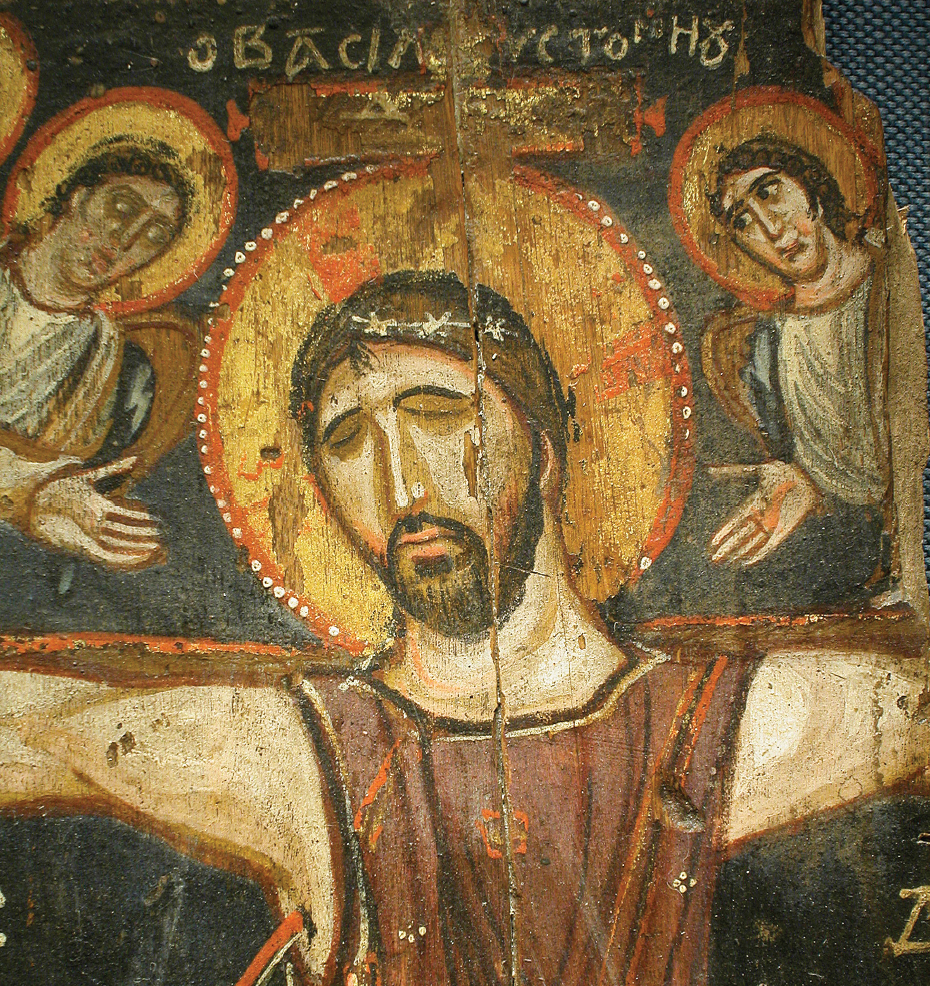Understanding World Societies:
Printed Page 202
Introduction for Chapter 8
8 CONTINUITY AND CHANGE IN EUROPE AND WESTERN ASIA 250–
> What role did Christianity play in the development of Europe and Western Asia in the centuries following the collapse of the Western Roman Empire? Chapter 8 examines developments in Europe and western Asia in the centuries following the collapse of the Western Roman Empire. Scholars have long seen this era as one of the great turning points in Western history, but during the last several decades focus has shifted to continuities as well as changes. What is now usually termed “late antiquity” has been recognized as a period of creativity and adaptation in Europe and western Asia, not simply of decline and fall. The two main agents of continuity were the Eastern Roman (or Byzantine) Empire and the Christian Church. The main agent of change in late antiquity was the migration of barbarian groups throughout much of Europe and western Asia.

After reading the chapter, use LearningCurve to retain what you’ve read.
> CHRONOLOGY
| 224– |
ca. 481– |
| Sassanid dynasty | Reign of Clovis |
| 325 | 527– |
| Nicene Creed produced | Reign of Justinian |
| 340– |
529 |
| Life of Saint Jerome | Writing of The Rule of Saint Benedict |
| 354– |
535– |
| Life of Saint Augustine | Byzantines reconquer and rule Italy |
| 380 | 730– |
| Theodosius makes Christianity official religion of Roman Empire | Iconoclastic controversy |
| ca. 385– |
768– |
| Life of Saint Patrick | Reign of Charlemagne |
| 476 | 843 |
| Odoacer deposes the last Roman emperor in the West | Treaty of Verdun divides Carolingian kingdom |